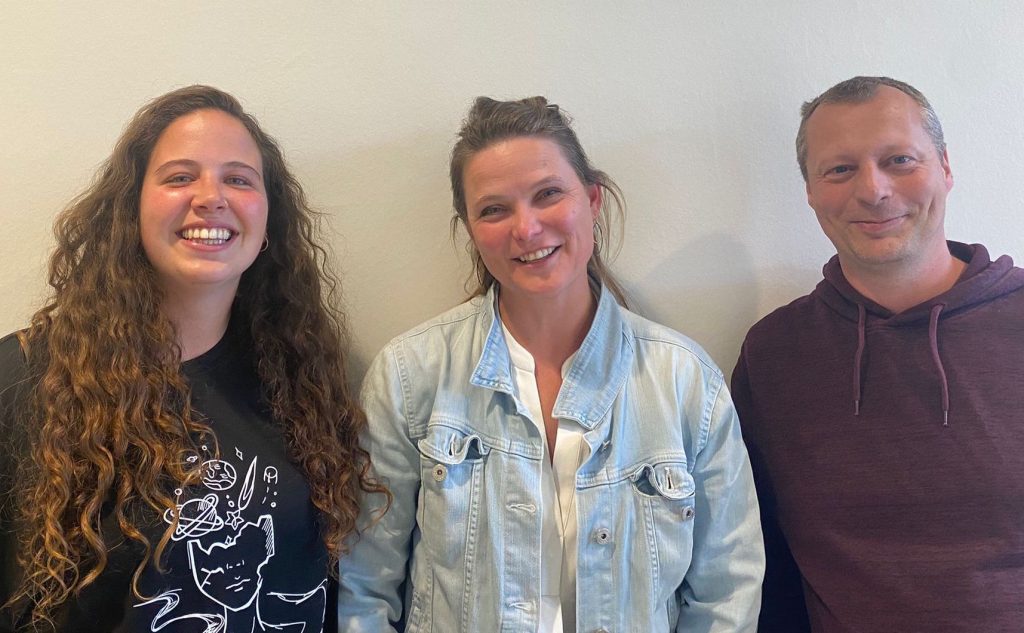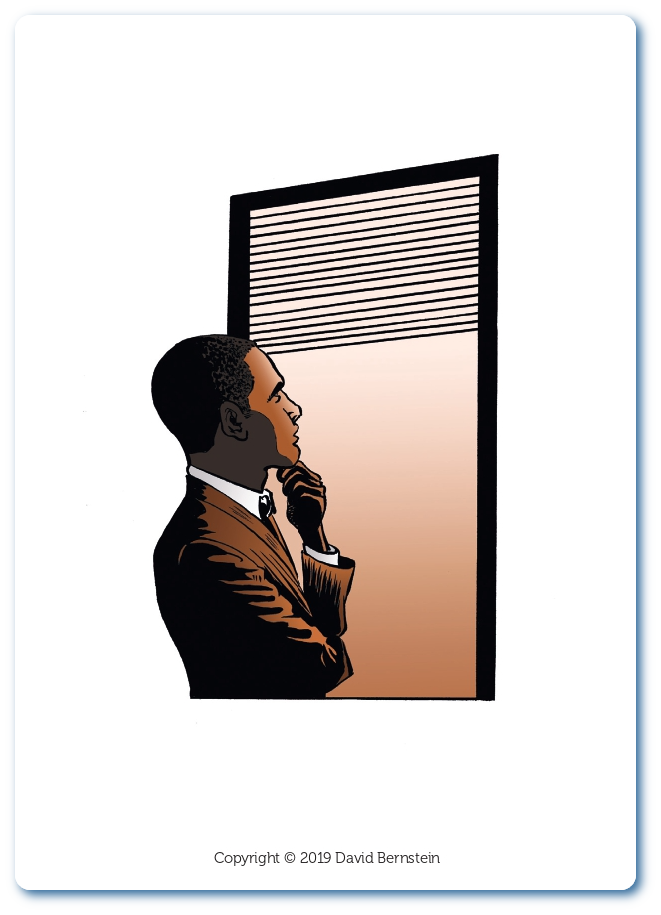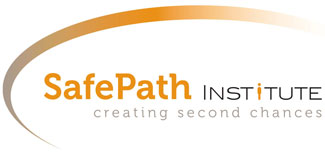Universal language
.
In conversation about SafePath with Kristien Rochette, psychologist and therapeutic coordinator, Tine Willocx, patient supervisor, and Jan Douillez, head nurse. The three care providers work at the forensic, closed treatment ward ‘Forte’ of Zorggroep Sint-Kamillus, a psychiatric facility in Bierbeek, Belgium.
Tine: ‘SafePath prevents miscommunication within teams, because team members speak a common language: the ‘mode language’. Jan agrees. ‘We all look through a different lens, which, in addition to our upbringing and experiences, also depends on culture. As a result, it can happen that healthcare providers do not understand each other if they share something about a patient or about themselves. Through SafePath, that doesn’t happen anymore.”
Patients also respond enthusiastically to the method. ‘It packs paint,’ says Kristien. ‘That’s a Flemish expression that means, it’s catching on!’ she explains with a laugh. ‘By talking about modes, about the different sides of a person, patients feel less judged. After all, they also have healthy sides. As a result, I notice less resistance in contact with patients. The bond of trust is created more quickly.’

‘A picture says much more than a word,’ Jan adds. He is referring to the iModes (cards that use images to make different emotional states, known as ‘modes,’ come to life). ‘By using these images, you don’t get hung up on some small things, for example, that a patient tends to be in a bad mood in the morning. A bad mood is not what a patient is. It’s just a fragment of him or her.’ Kristien calls the SafePath method holistic. ‘We see more connections, between, for example, a mode and the different problem areas in someone’s life.’

The three healthcare providers emphasize that SafePath is a very practical methodology. This also applies to the training they have followed. Jan and Tine took the basic training course internally, at the hospital. Kristien, completed the online train-the-trainers training, given by Dr. David Bernstein, which qualified her to give SafePath basic trainings at her hospital. Kristien: ‘During the training sessions, it’s not just sitting and listening. No, you practice, experience, feel.’ ‘You take active part in the training, rather than passively suffering through it,’ says Jan. Tine: ‘It’s confronting, though. I had to step out of my comfort zone to do exercises with a colleague who is not so familiar to me. But that way you get to know your colleagues in a different way. Again, it’s more holistic.’
Jan: ‘SafePath is not just a language that helps care providers understand each other better. It is more than that, it is a universal language that connects both people and elements from other methods. I have encountered certain parts of the methodology before. But SafePath has turned those components into a language that everyone can understand. It is therefore a nice ‘tool’ with which patients and care providers can communicate with each other about difficult topics. The time when care provider and patient did not understand each other is behind us.’
